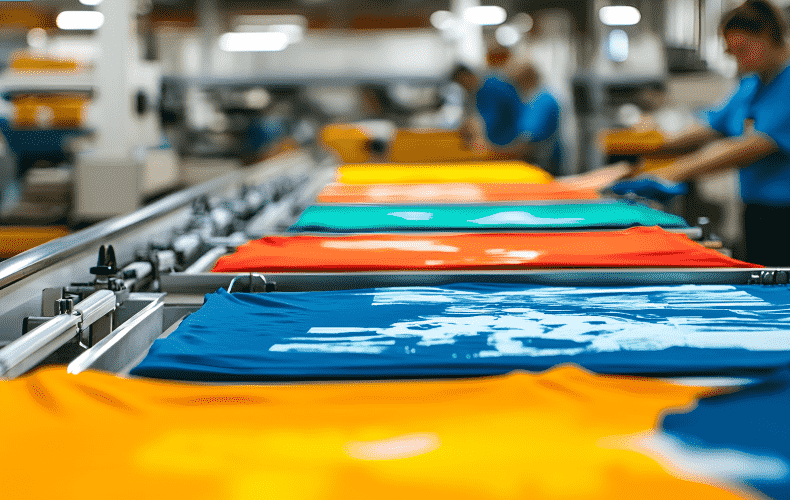
Crypto Investment Entry and Exit Strategies of Institutional Investors
Section: Business
A new study shows how a humble crab can accomplish the difficult trick of merging beauty with strength.
Male fiddler crabs face two major challenges in their life: attracting females and fending off competing males. The crabs rely on an extra-large claw to achieve both of these goals. However, scientists have assumed that as the male crab evolved, it was forced to make a trade off between an attractive, long claw, or a shorter one that's more effective in combat, until now.
Now, new research shows that function and beauty may reside in the same fiddler crab claw after all. The new study, led by Dr. Stefan Dennenmoser and Dr. John Christy, from the Smithsonian Tropical Research Institute, was pubished in Evolution on January 4th. The researchers studied two species of fiddler crabs (Uca terpsichores and Uca beebei) in Panama. Their result show that males with longer, larger claws used the middle of the claws to grab their opponents, either flipping the opponents over or hurling them from their burrows. In fact, the larger claws have in turn developed larger bumps in the middle part of the claw, to better grab an opponent. At the same time, these longer claws continued to atract females.
The scientists noted that if the crabs were to use their longer claws like humans would stab at food with chopsticks, they would have a mechanical disadvantage to crabs with shorter claws. But the crab's fighting behavior has instead adapted to fully exploit the strength of the larger claw's middle section. In fact, in 22 fights with Uca terpsichores and 24 fights with Uca beebei, none of the crabs used the outer tip of the claw. All of them, instead, grabbed the other crab with the middle of the claw and wrestled him away.
But, not every evolutionary compensation works as well as this, the authors noted. Many sexual characteristics can reduce performance, such as male barn swallows, which have longer tails that are more attractive, but reduce flight performance in the males. But in the case of the fiddler crab, it is the overall utility of the claw for its many uses that appeared to have mattered most. For the crab, it's a "both beautiful and powerful weapon," the authors wrote.
Dennenmoser, S., and Christy, J.H. (2012). The design of a beautiful weapon: compensation for opposing sexual selection of a trait with two functions. Evolution. Doi: 10.1111/evo.12018.

Section: Business

Section: Arts

Section: Arts

Section: Business

Section: Business

Section: Arts

Section: Health

Section: Arts

Section: News

Section: News
Health Insurance in Germany is compulsory and sometimes complicated, not to mention expensive. As an expat, you are required to navigate this landscape within weeks of arriving, so check our FAQ on PKV. For our guide on resources and access to agents who can give you a competitive quote, try our PKV Cost comparison tool.
Germany is famous for its medical expertise and extensive number of hospitals and clinics. See this comprehensive directory of hospitals and clinics across the country, complete with links to their websites, addresses, contact info, and specializations/services.
One of the most beautiful squares transforms into a summer stage every year for two days. The Gärtnerplatz Open-Air features a free music and cultural program across three stages, as well as street food from local vendors. On Saturday, the main stage at Gärtnerplatz offers something for everyone,...



No comments yet. Be the first to comment!